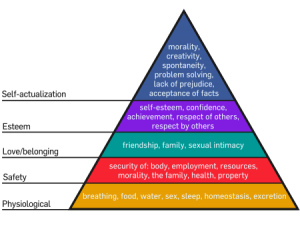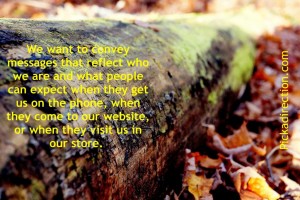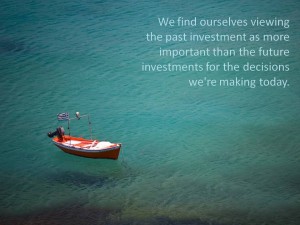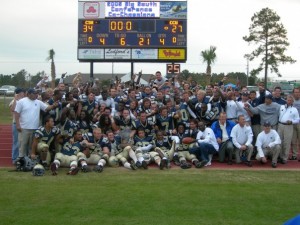The Community
We all know someone with a handy-man business, someone who sells real estate, and someone that has a landscaping service. We “got a guy for that” in most cases. There is no doubt that we can help others through our businesses as well. Nobody wants to be caught paying retail prices so we use our connections.
This is how business has been done for thousands of years, we know someone (or we ask around) and we go to them for their services. In the days before advertising as we know it, your reputation was your only way of marketing yourself. If you did a good job, people recommended you. If you sucked, they didn’t. Plain and simple, you had to be good at your job to get customers.
Taking Care of Them
We want people to know that we appreciate them when they choose our business, it puts food on our plates at night. When we know someone that does business with us we want to make them feel special, so we ‘hook them up’ when they come to us.
We may put them at the front of the line to be serviced, we throw something in for free, or we give them a discount. We may even go above and beyond the call of duty because we want them to think highly of us, especially if they are an influencer in the community. These are ways of advertising to me, turning a good customers into a walking microphone for our business. But can’t that be done with anyone?
The Fall
 There’s nothing wrong with taking care of people we know that are long-term, committed supporters of ours. However, when we begin to sacrifice service to them because they got a better deal than the regular person, we are treading in dangerous waters. When we have acquaintances come to us, we know that they are more patient than the average John Doe.
There’s nothing wrong with taking care of people we know that are long-term, committed supporters of ours. However, when we begin to sacrifice service to them because they got a better deal than the regular person, we are treading in dangerous waters. When we have acquaintances come to us, we know that they are more patient than the average John Doe.
Imagine if someone comes to me to get their engine repaired and I made them wait for 2 days because I am going to cut the price for them. Then since we’re rushing on it after my customer calls to ask when it will be done, the job is done poorly and they have to come back a second time for us to fix it. I may not charge them the second time and we’re still as courteous as ever. But deep down, I just ticked that person off and I may not get another chance to earn their business.
Did I really ‘hook them up’ or did I just take them for granted and cause them to lose faith in me? At that point, most people would have rather paid retail price or something close to avoid all the hassles that I just caused them. Nobody wants to take back-to-back trips to the mechanic, or call to ask when their work will be done, or call to ask why the job was done poorly.
Avoiding It
Avoiding this is simple. When it comes to service, do not treat any of your customers differently. Everyone gets the same service (which should be great, duh), and if anything the ones you know get treated better. It’s easy to change a price, that’s simple enough. But nobody is put at the back of the line because we know they are more patient than everyone else.
If it is a situation where another co-worker can take care of them, have them do so. Make sure they know all the provisions like discounts or free warranties, but don’t make them last on the delivery schedule because you know they’ll be up that night. It’s easy for us to crack under pressure and to bend the rules because we know someone outside of business transaction, so remove yourself and don’t fall into that trap.
When we take advantage of our personal relationships, it can be detrimental to our business relationships. And when we harm our business relationships, we lose them because people would rather avoid a fight and take their business elsewhere than harm a personal relationship.
—
I hope everyone had a very Merry Christmas!
I would love to hear what YOU have to say about customer service and doing business with people you know. Leave a comment below or chat with me on Twitter!
Have a great day!





